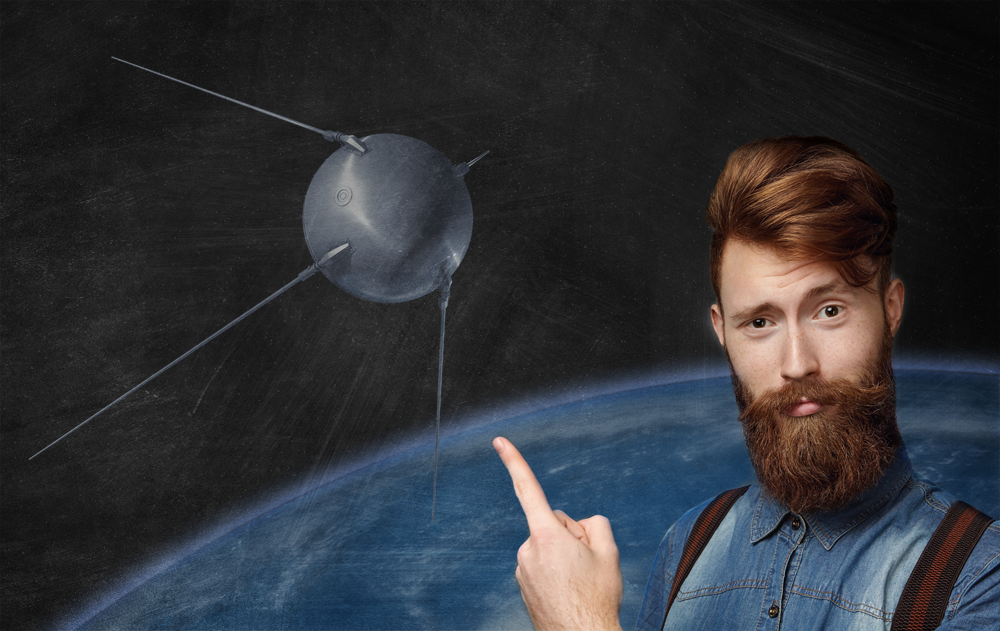Innovate to Get Ahead of the Competition: The Sputnik Moment
On October 4, 1957, Russia launched a beach-ball-sized satellite named Sputnik, which orbited the Earth in just over ninety-six minutes. The previous frontrunner in the space race, the United States, was now the runner up. Our only competitor had trounced us, seemingly out of nowhere. A month later

On October 4, 1957, Russia launched a beach-ball-sized satellite named Sputnik, which orbited the Earth in just over ninety-six minutes. The previous frontrunner in the space race, the United States, was now the runner up. Our only competitor had trounced us, seemingly out of nowhere. A month later the Russians sent up Laika, a small stray terrier collected from the streets of Moscow, in Sputnik II. The dog became the first living creature sent into space, and an instant celebrity back on Earth.
The “Sputnik moment” ended up being a huge benefit for our long-term space goals. The US government was shocked and embarrassed that Soviet Russia managed to beat us into space. President Kennedy retaliated by greatly increasing funding for space travel. In 1958 NASA was founded, and the United States has led the way ever since.
What products and services will I need to develop and offer to stay ahead of my competition in the next five years?
We all need Sputnik moments. Yes, they can be alarming, but they are also invigorating. A Sputnik moment is the catalyst for change because seeing your enemy get ahead is the greatest motivator there is. It makes you see that you have to seriously improve your game if you want to win. A Sputnik moment makes you realize that if you don’t change, you’re going to get left behind—and soon. Have you ever had a Sputnik moment?
Sparking Points
- What future predictions can you make based on the innovation rate for your industry (e.g., Moore’s law in the computer industry)?
- What decisions would you make today if you knew that the rate of innovation would double?
- What “impossible” idea (product, service, solution) have you been ignoring because it can’t happen? What would need to be done to make it happen?
Phil McKinney Newsletter
Join the newsletter to receive the latest updates in your inbox.




